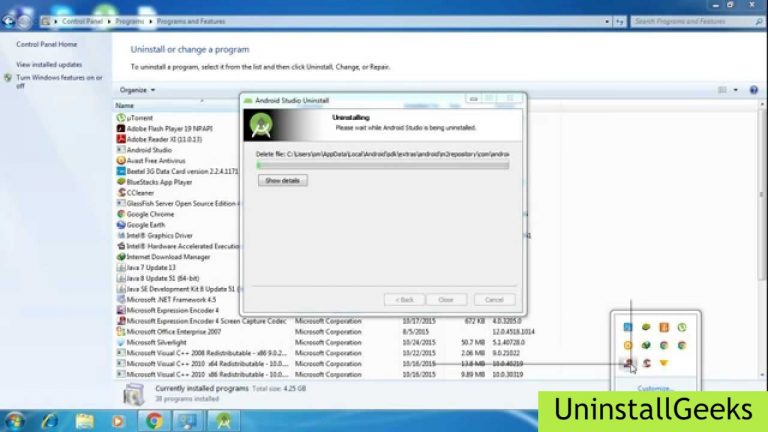
Lost a lot of time on this piece of junk. Then I used RegEdit to try to clean up the Jetbrains junk left in the registry. Then I had to reboot so I could delete the Jetbrains folders from my AppData.

Then I uninstalled ToolBox using the Windows Apps & Features (which only seemed to delete the uninstall.exe file and removed ToolBox from being registered as an installed program. Removed all Jetbrains software I had installed with ToolBox using ToolBox. I am on Windows and decided to take a look to see what ToolBox would do. Probably most people just give up when the program refuses to install. I had to do this to resolve an AccessViolationException crash that prevented me from updating or running anything lately.ĭon't be so sure about it being a minority. After all these steps, grab a fresh copy of Toolbox and start again. It will validate that the plugins no longer exist, and remove them from your configs.ħ. Run the VS2017 "Repair" feature from the dropdown arrow in the Visual Studio Installer to take care of the cleanup on ReSharper. In some cases I've also had to run dsim /Online /Cleanup-Image /RestoreHealth to resolve additional registry issues after the manual removal.Ħ. Run sfc /scannow to fix up the broken Programs and Features control panel shortcuts and windows component dereferencing to JetBrains. Remove the JetBrains Toolbox shortcut from the Startup/Startup Items folder.ĥ. (Removes it from startup, File type association, and tray)Ĥ.

Use the Find Next feature in Regedit to remove key folders containing 'JetBrains' after manually uninstalling. Folders (install location in Program Files (x86), JetBrains Toolbox also leaves clutter in the AppData folder in your User Profile. you can check what android packages are installed by using pacman -Qs android.1. With all of this said, I think it's likely that your android related packages are fully uninstalled. It should be fine to just run pkill adb to end this process. It is likely just something left over you have forgotten to terminate. The adb command you are seeing is simply and adb server that has been forked and is thus running in the background, it is listening for TCP connections on port 5037. If you have no luck you could try something like grep -r 'ANDROID_HOME' ~/ (this is not a good pattern to use due to its inefficiency). This leads me to believe that you have manually set it somewhere. The variable ANDROID_HOME is not set at all.

My system has android-studio, android-tools, and a few other android related packages installed.


 0 kommentar(er)
0 kommentar(er)
